Read part four of Stories from the Gobi Desert: The Homeland of the Dinosaurs
On our 5th day in the Gobi Desert, we experienced the warmest weather to date; in fact it was so warm that I didn’t wear my jacket all day, something that I hadn’t been able to since coming to Mongolia. It’s fascinating how quickly the weather changes in Mongolia; from bitterly cold one day to a comfortable heat the next day. Because the country is so far inland, it has continental climate, resulting in temperatures dropping to -40 degrees in winter and rising to +40 degrees in summer. The difference in the seasons must be hard for the nomads and their animals. Just imagine living in a ger in -40 degrees!
On this warm spring day, we were going to the last sight on our tour of the Gobi; the ruins of the Ongi Monastery (Ongiin Khiid in Mongolian), which is beautifully set between mountains by the Ongi River. I was looking forward to our first cultural sightseeing day, although I had enjoyed the other days that had been all about the amazing and diverse nature of the desert.
On the way to the monastery, we drove through the village of Mandalovoo, which suddenly appeared out of nowhere. I’ll never understand how desert villages come to be. It seems like such an effort to set it all up and build roads for less than 500 people, but it is convenient for when you run out of snacks in the desert.



About an hour away from Mandalovoo, we stopped for lunch at what looked like an abandoned school house, but it’s actually a voting house used by the villagers nearby for elections. I thought it looked haunted; a lonely run-down house in the middle of the empty desert, doesn’t that sound creepy to you?


After lunch, we drove on for another hour or so, before reaching the ruins of the Ongi Monastery, which is a collective name for the ruins of the Barlim Monastery and the Khutagt Monastery, which are located on either side of the Ongi River. The two monasteries were built in the 18th century and consisted of various administrative buildings, 28 temples and 4 Buddhist universities. Back in 1660, when the Khutagt Monastery was founded, it was one of the largest in Mongolia with over 1000 monks.
In 1939, the Communist Party of Mongolia carried out anti-religious purges and demolished the monasteries, killed 200 monks and imprisoned the surviving monks. Today, only the ruins of the monasteries can be seen, but those in themselves are impressive sights. There is also a new temple now, which was built in 2004 in an attempt to rebuild the monasteries.



We climbed up a small mountain to view the monasteries from above and from there, we could see the Ongi River. It looked lovely, especially on a warm day like this one, so Luke and I decided to take a walk to the river, while the others walked back to the van. It was the first time that I had seen water in this landlocked and dry country, so I was very excited to touch it. It was very refreshing and I really wanted to jump in, but the others were waiting, so we had to go after just a few minutes.
Byamba told us that the river used to be much wider and a few years ago, it even dried out completely, causing big problems for the nomads nearby, as they rely on the river for drinking water.

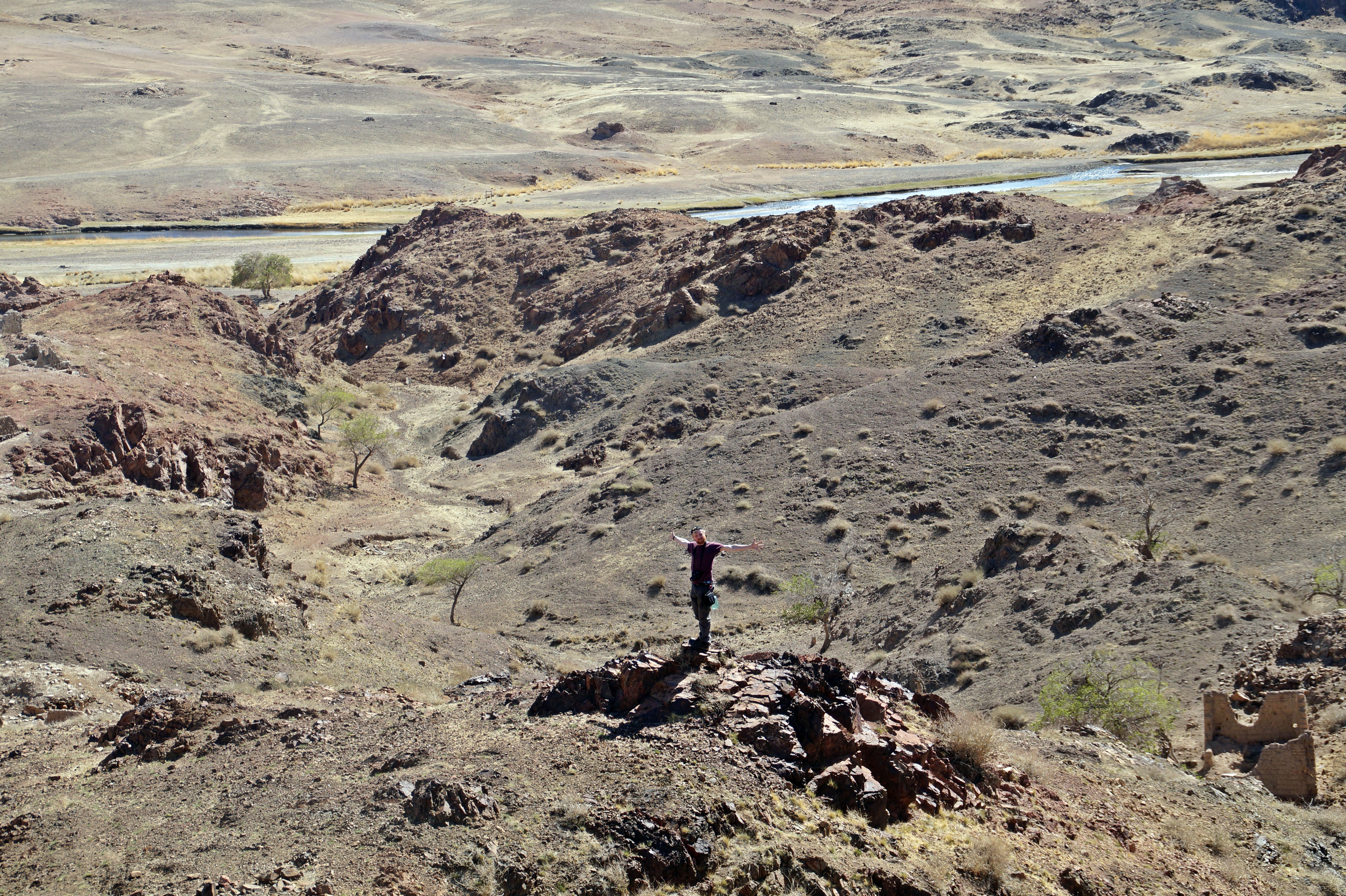
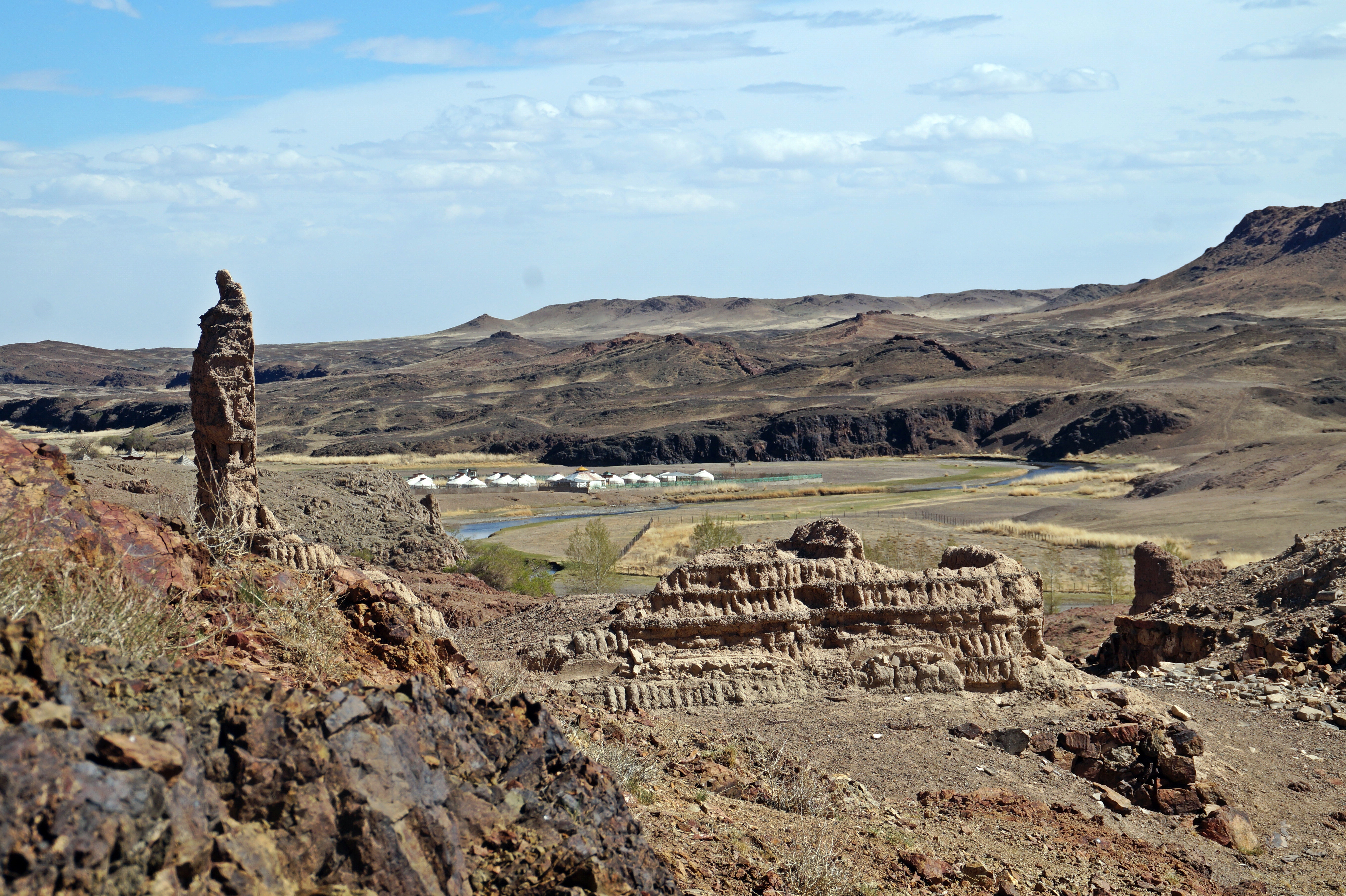
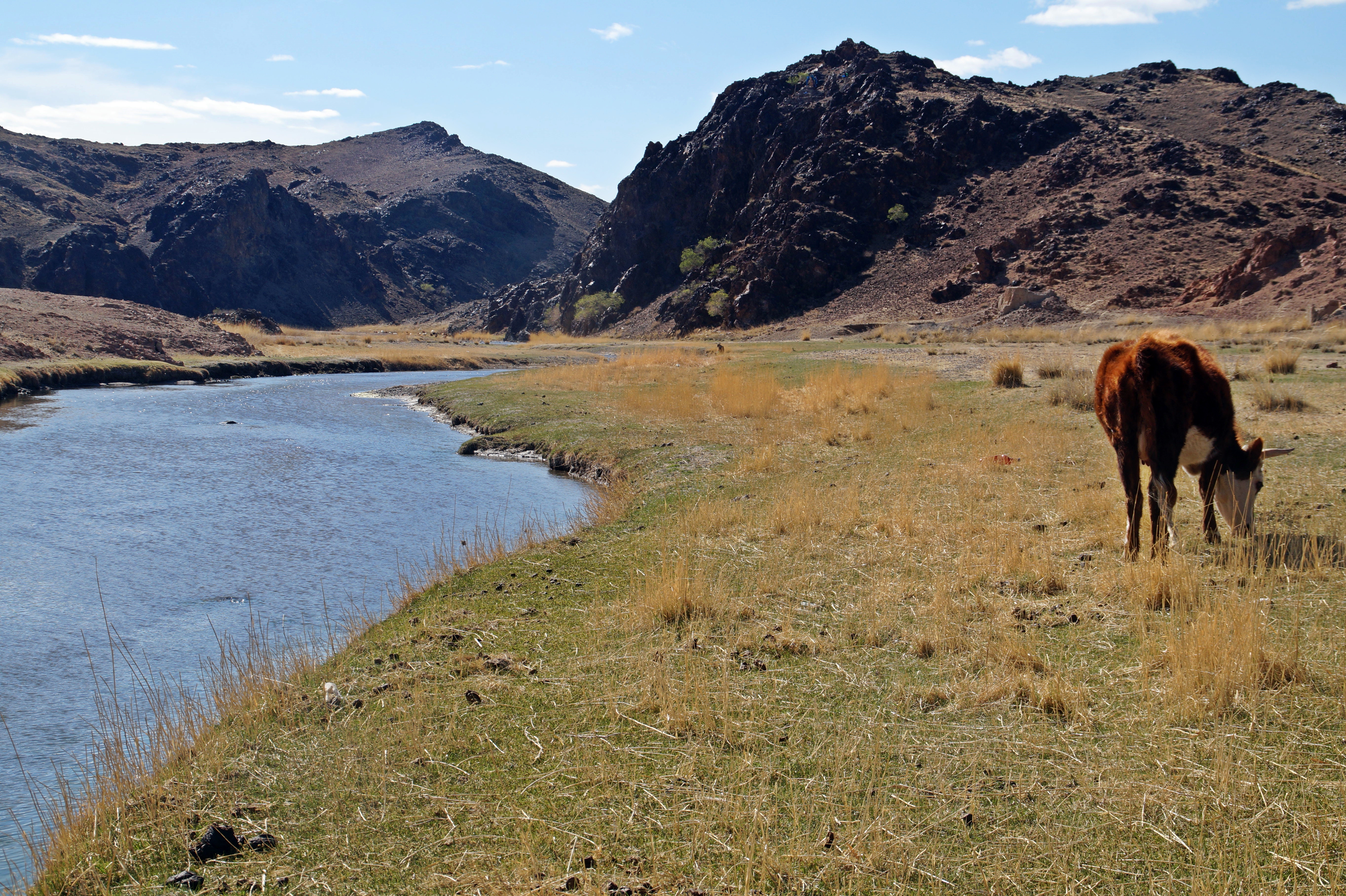
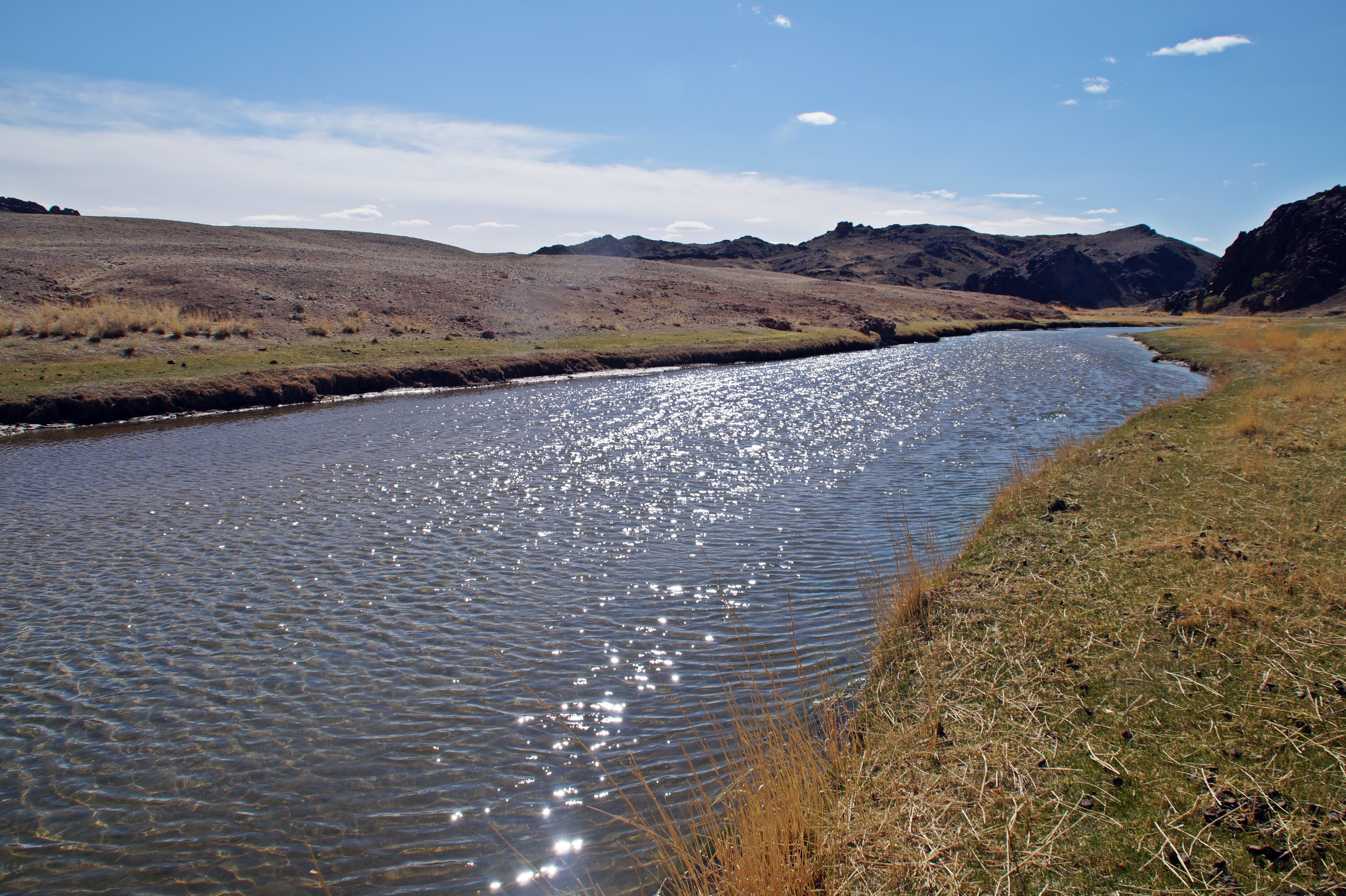
Close by the river lies a true hidden gem that only the locals know about – and know how to find. Luckily, Byamba and Bagii knew how to find it. It’s a large rock found on a small mountain with 2000-year-old paintings on it. I found it amazing how we could just park the van and walk up to it without paying a cent for entrance fees, as there was no entrance. If this rock had been found in Europe, it would’ve been on display in a fancy museum. And if it had been left where it was found, it would’ve been a tourist magnet and probably have a ton of graffiti on it by now. That was something truly special to see and I can’t tell you how or where to find it, because I simply don’t know. It lies where it was found years ago and there are no signposts to tell people the way. We were just lucky to have such an awesome driver and guide.
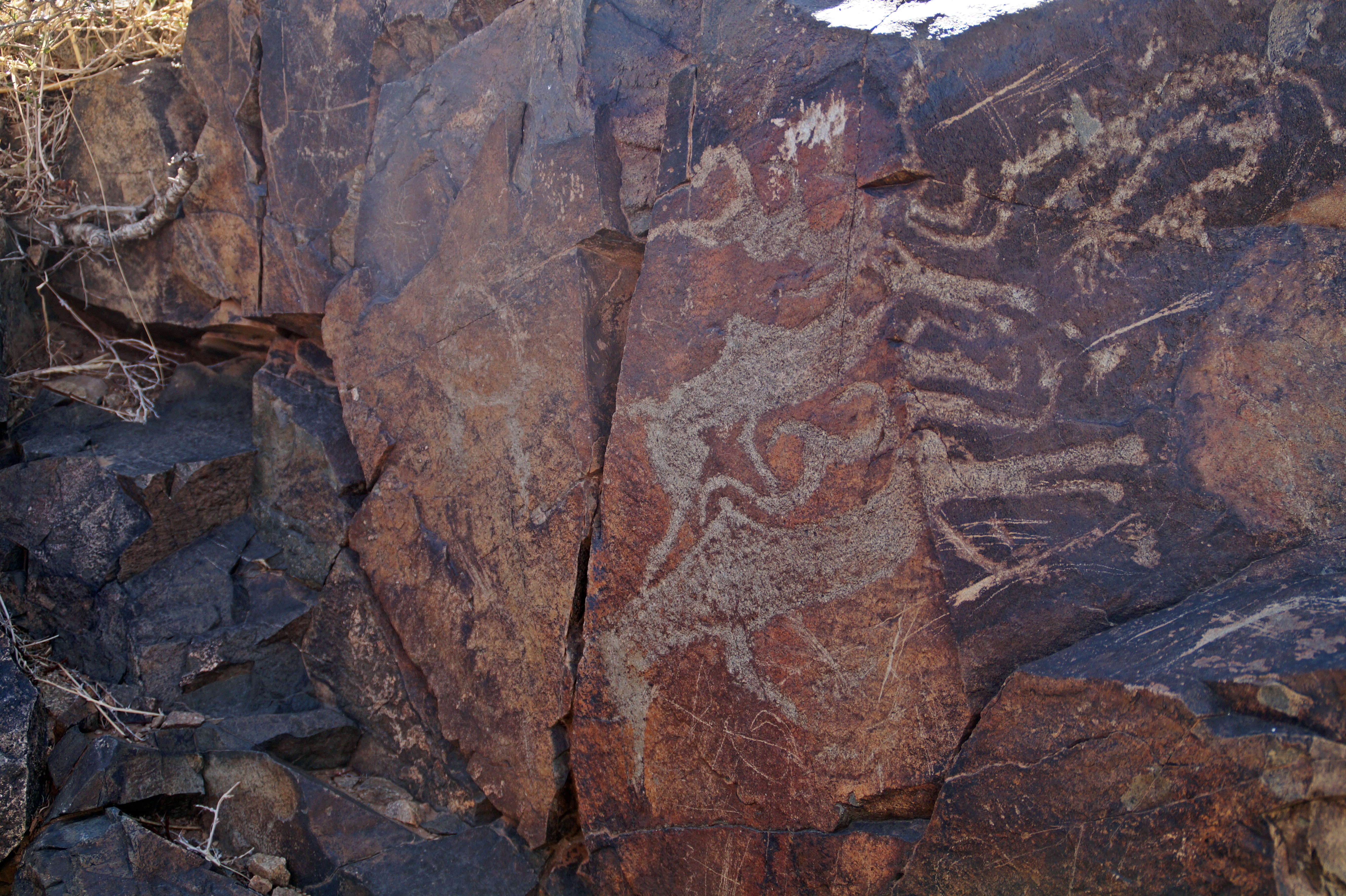
That night, we all stayed in the same ger as Monkh Saikhan and Mongon Tsetseg, who own it. On the other nights, the five of us have had a guest ger, but this night was different and it was actually very cozy; like a slumber party in the desert!
The family only had one ger and a barn for their goats and it was located in the middle of absolute nowhere, so it felt very real. I liked the located of this ger the most, as it wasn’t located there for tourism, but because the family had chosen it. It was not a convenient location at all, but it was perfect.
We spent the evening playing fun games like limbo (which I lost after just one try…) and watching the sun set over the desert and the ger, before getting cozy on the floor for a good night’s sleep.
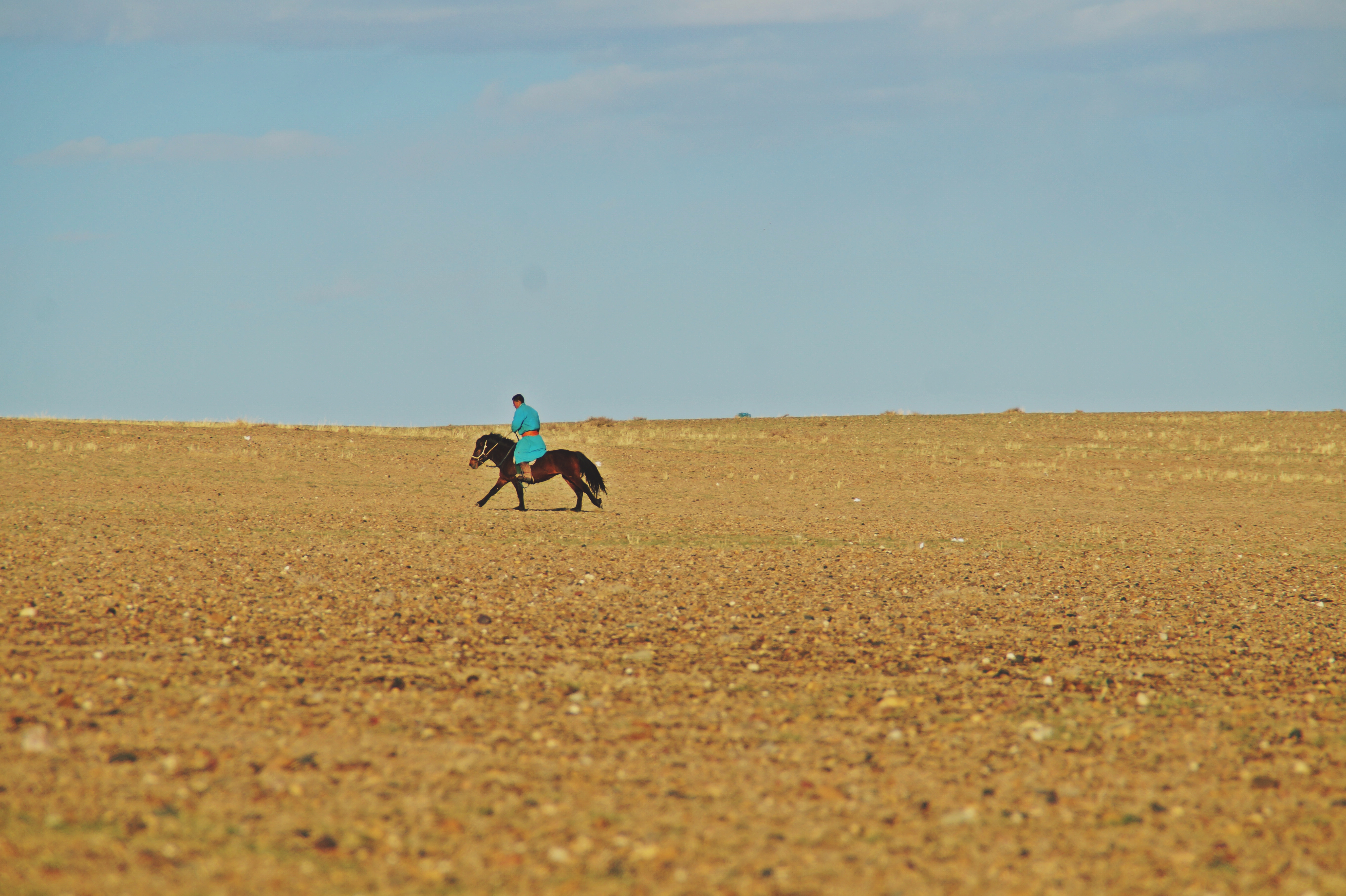
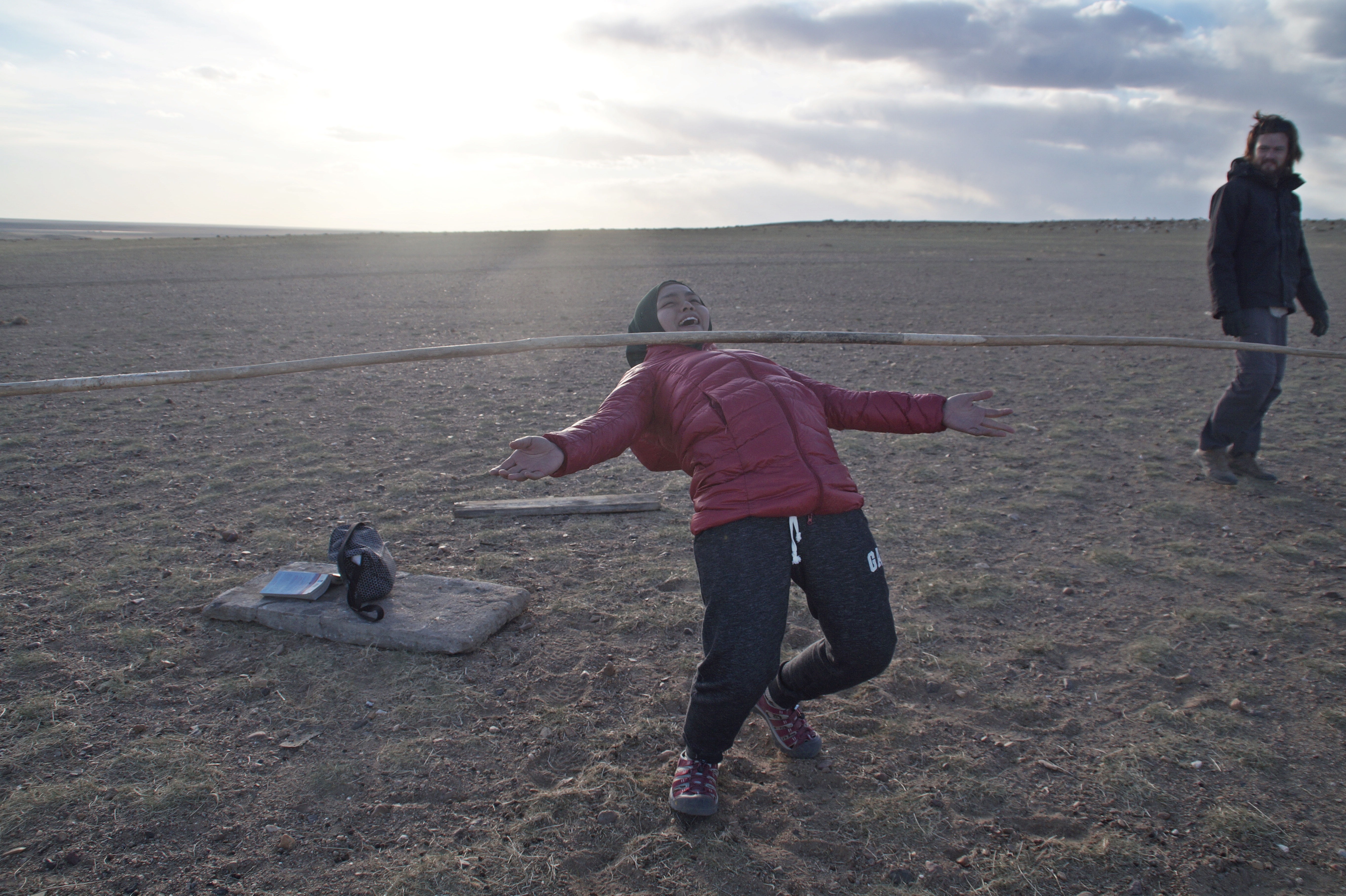
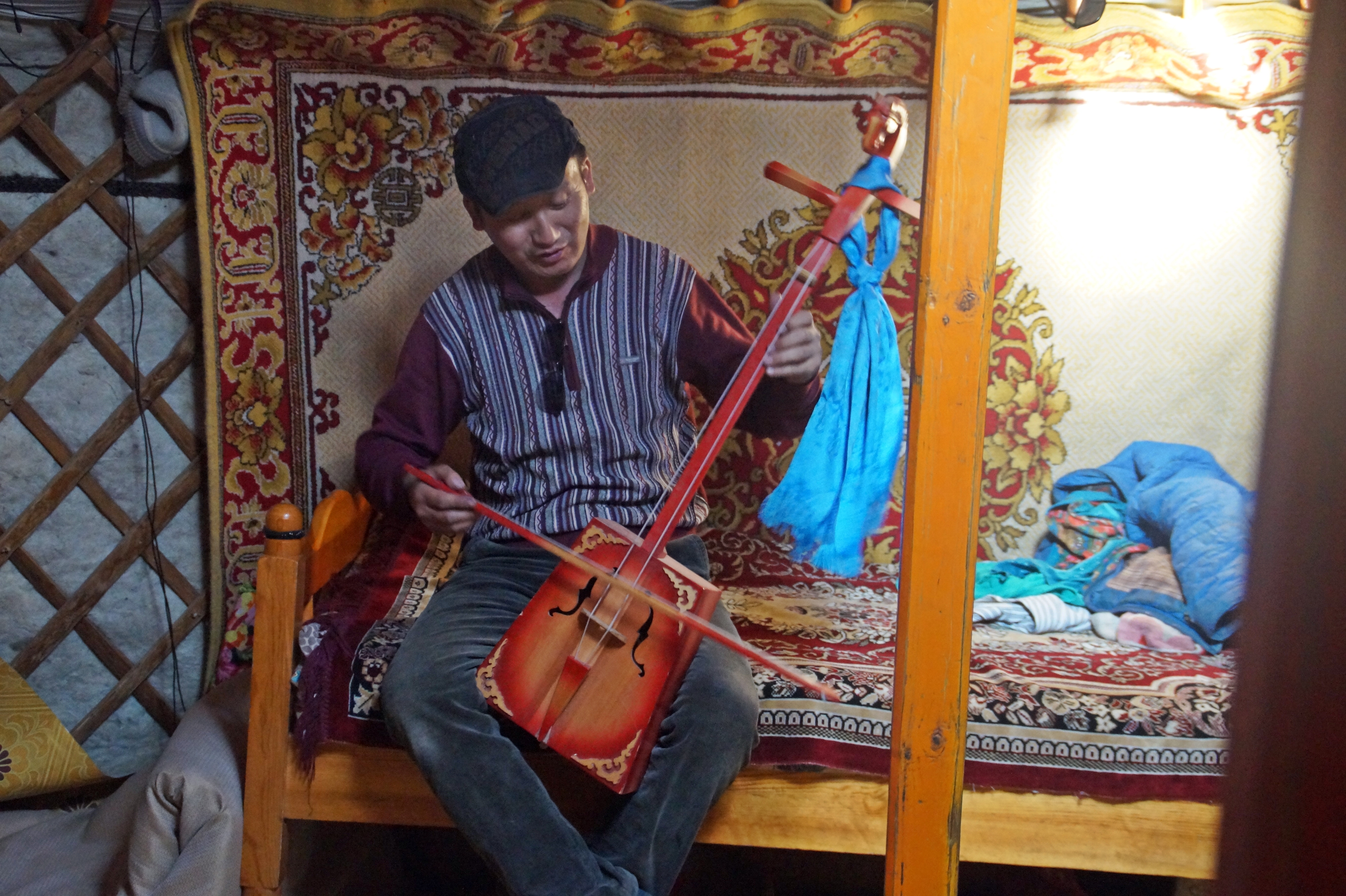
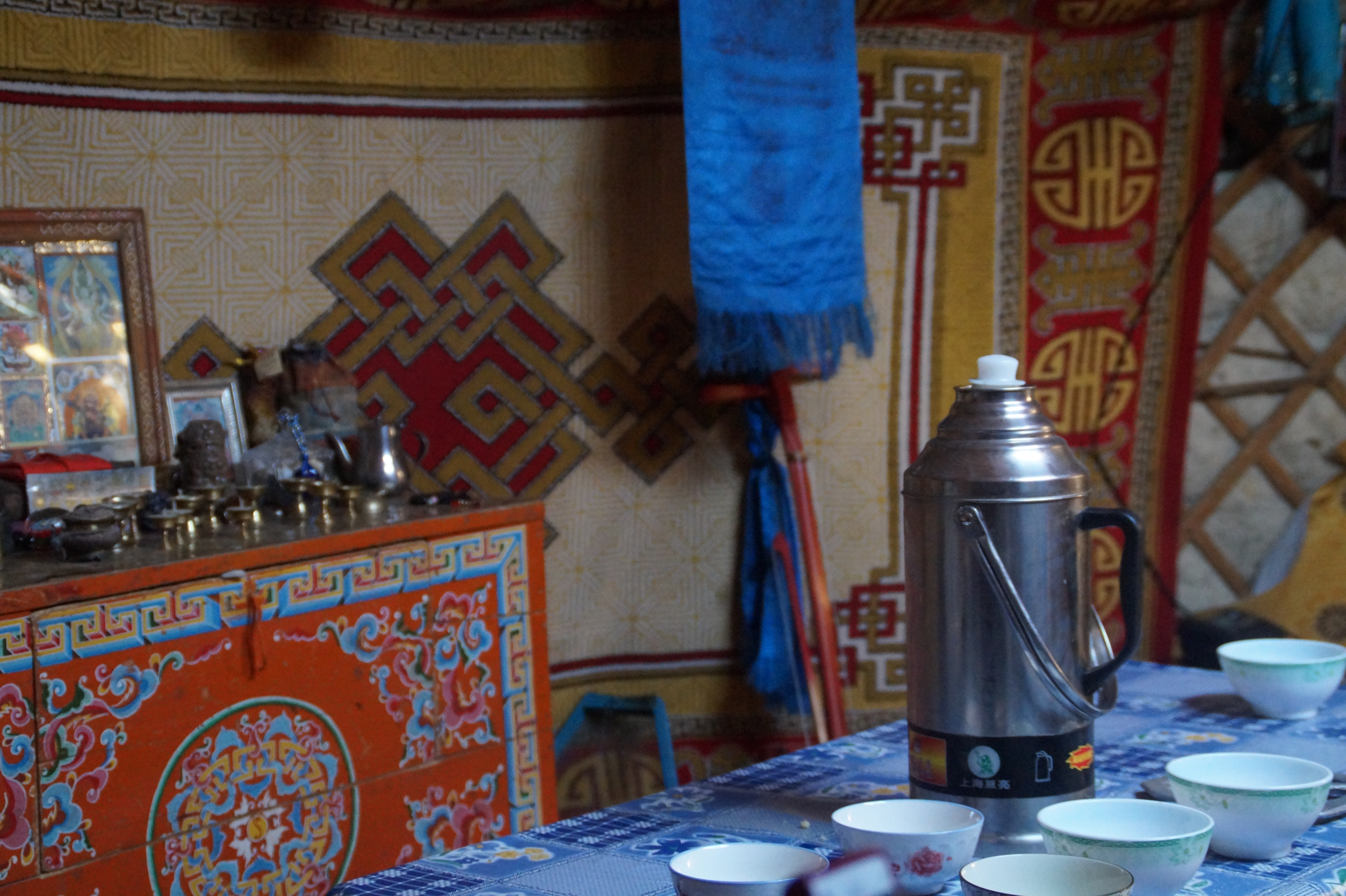
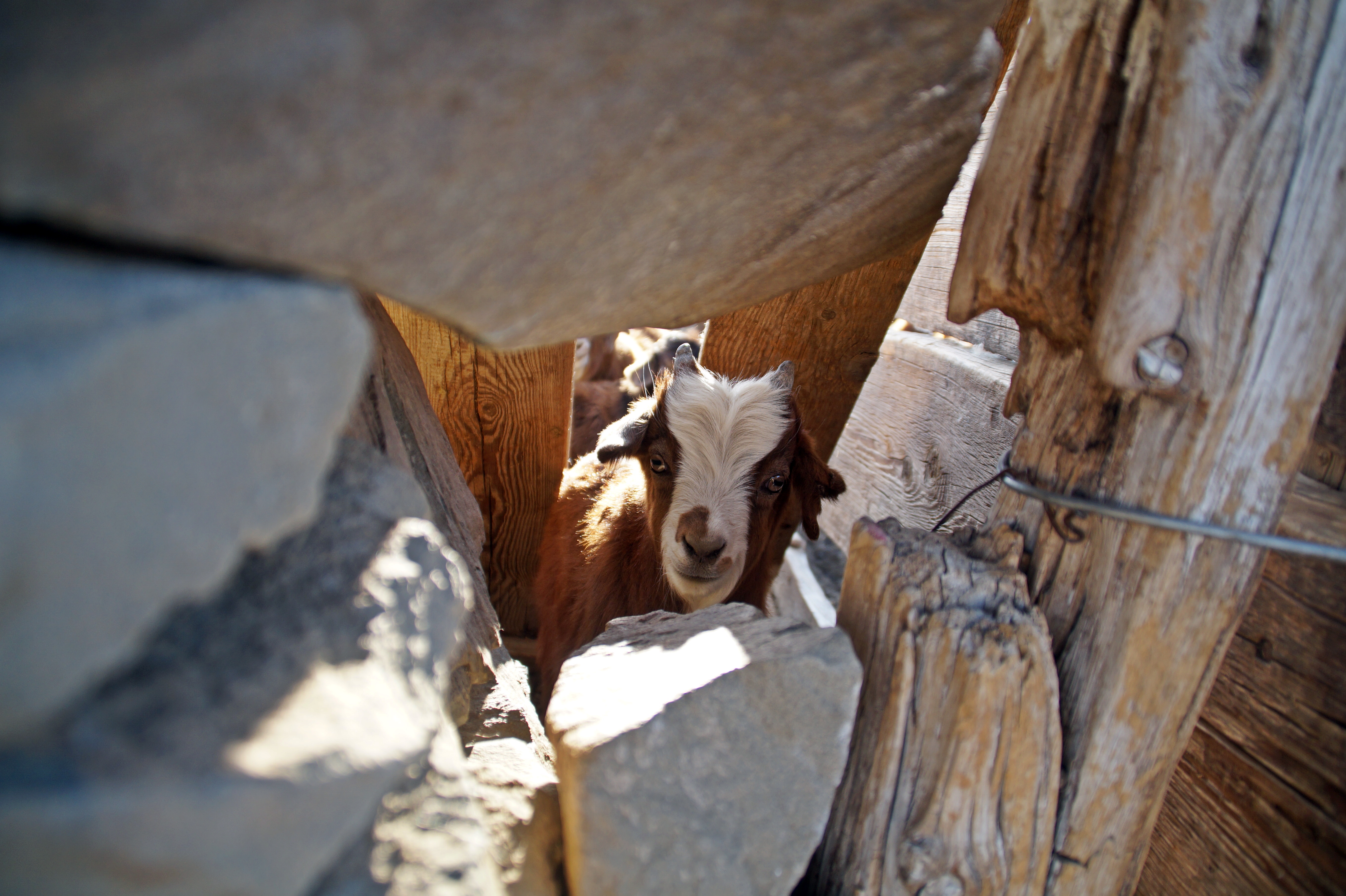
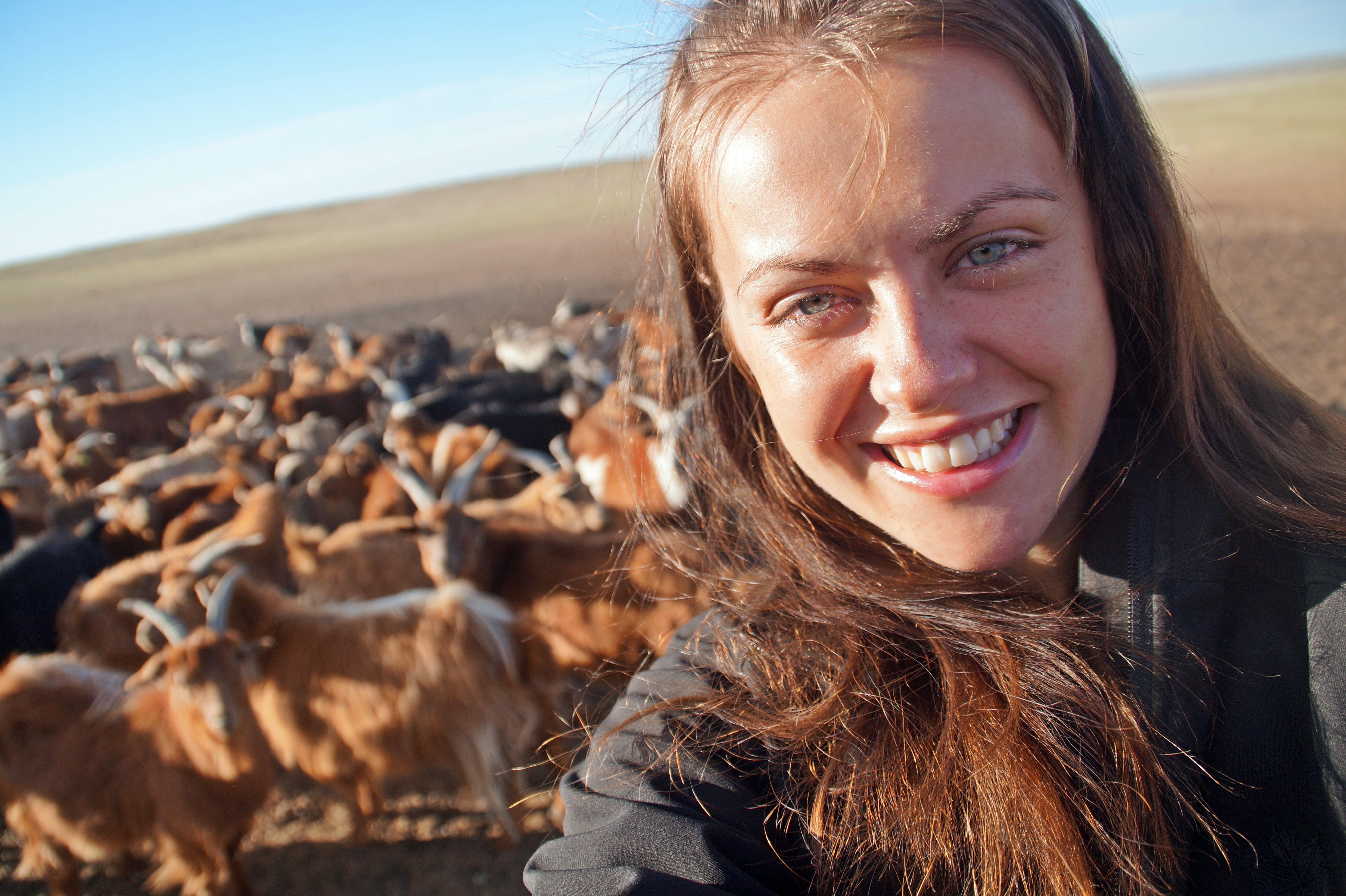
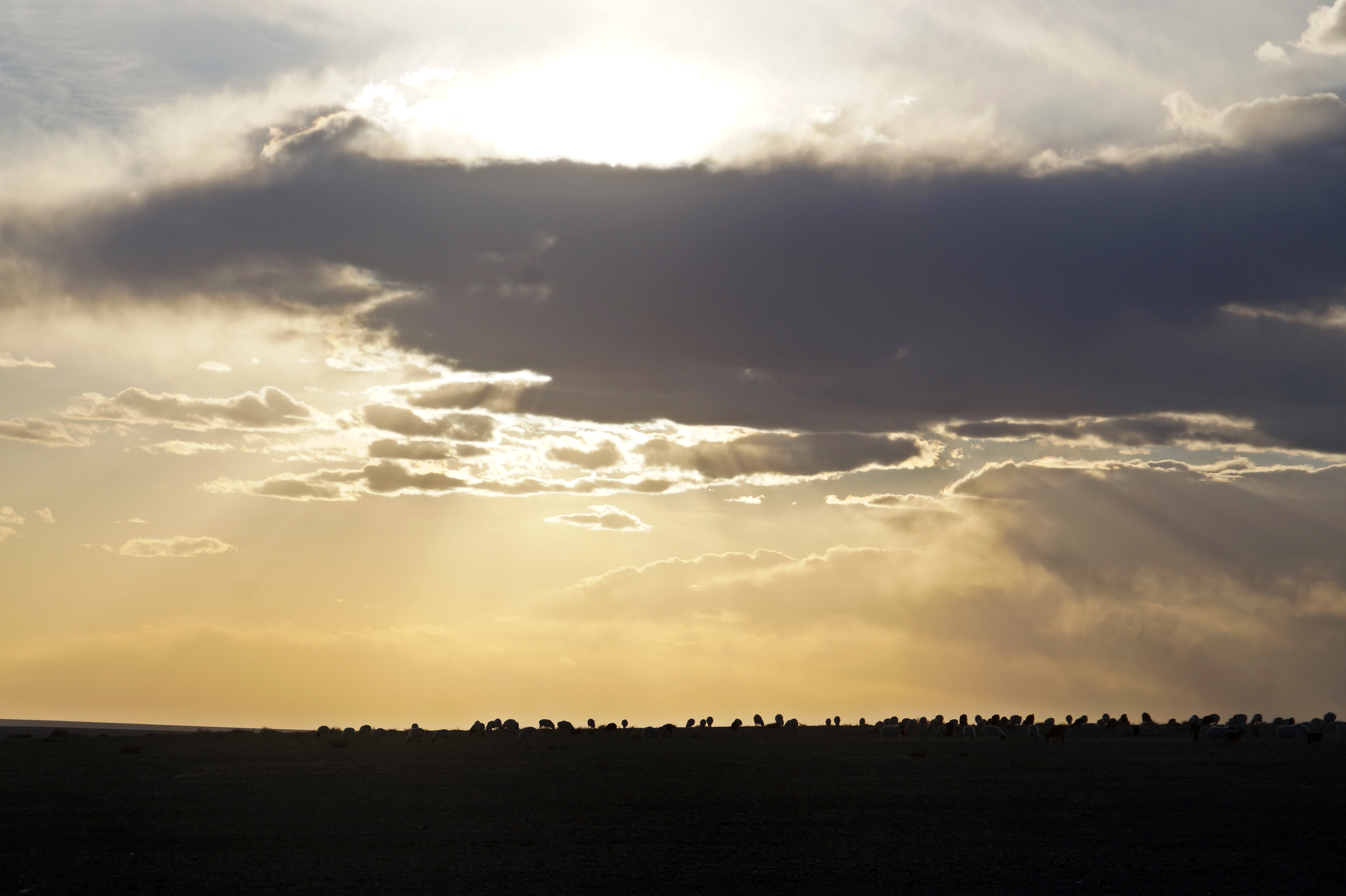
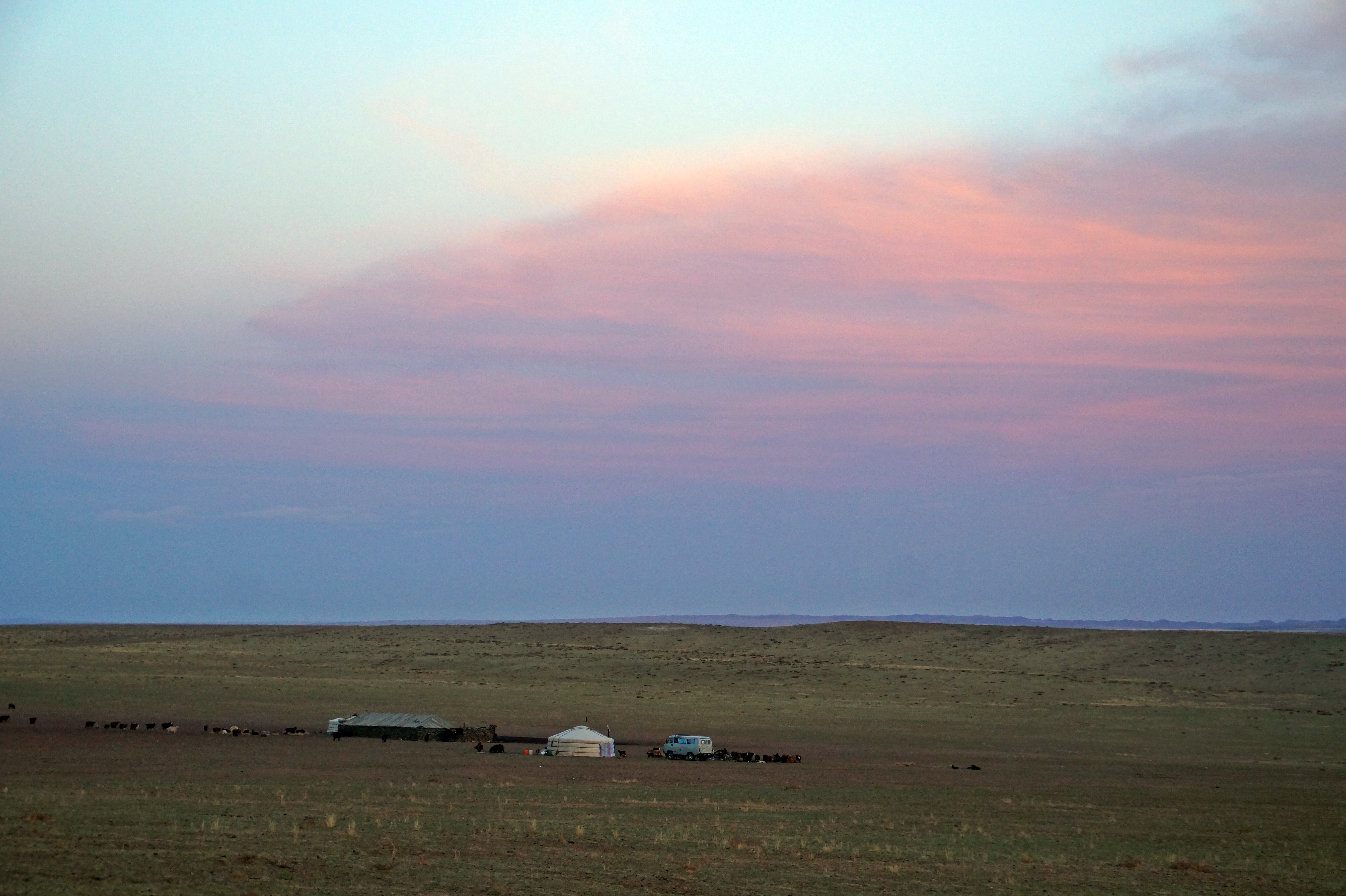
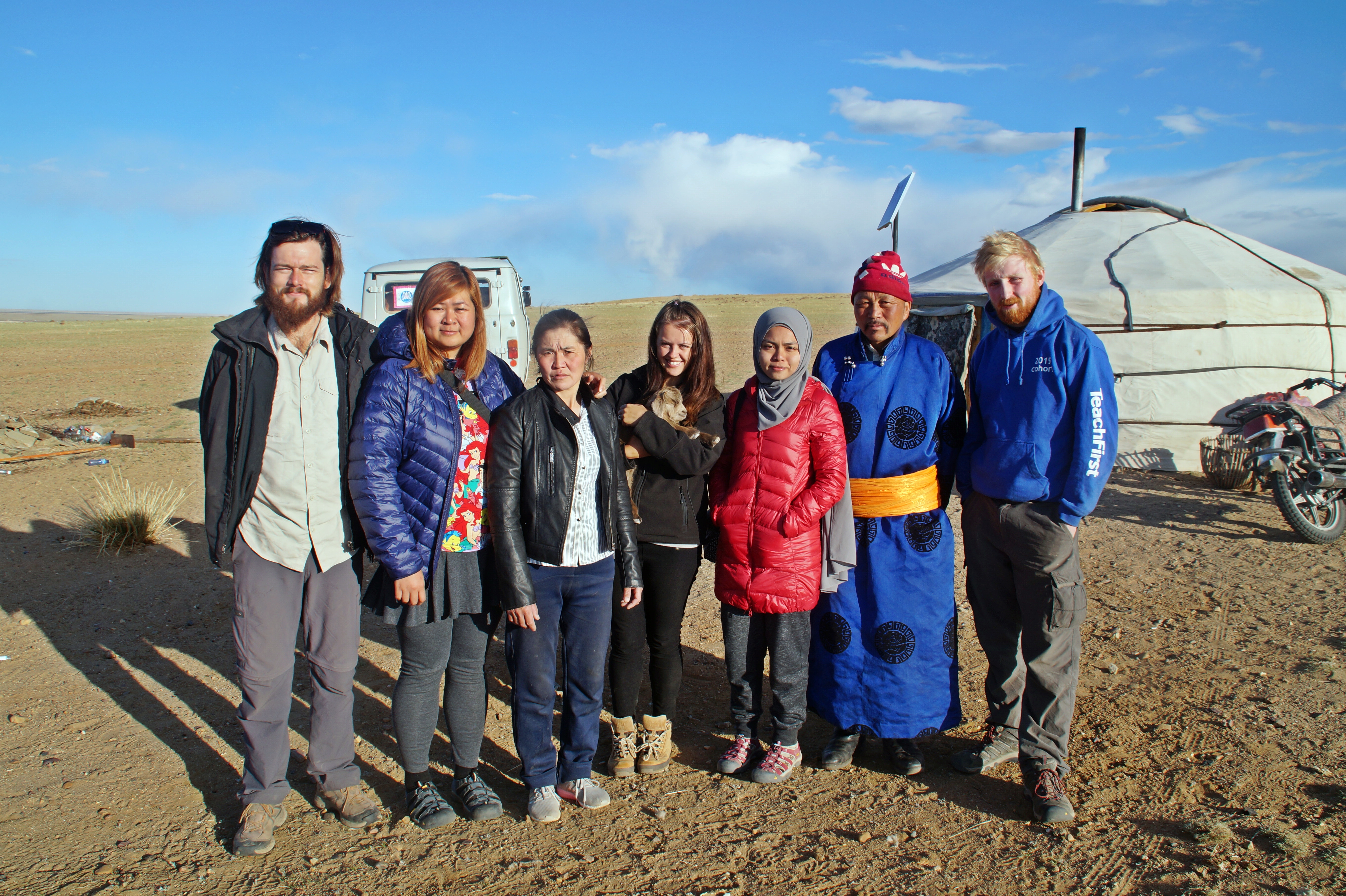
Stay tuned for part six of Stories from the Gobi Desert: Snowy Mountains at Elsen Tasarkhai.
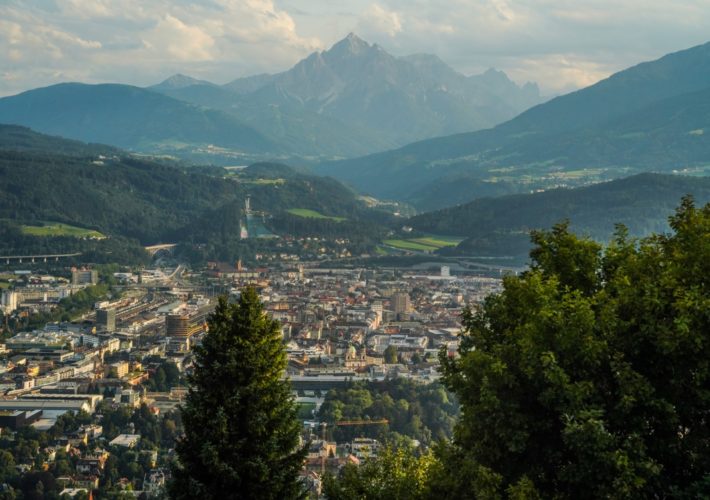
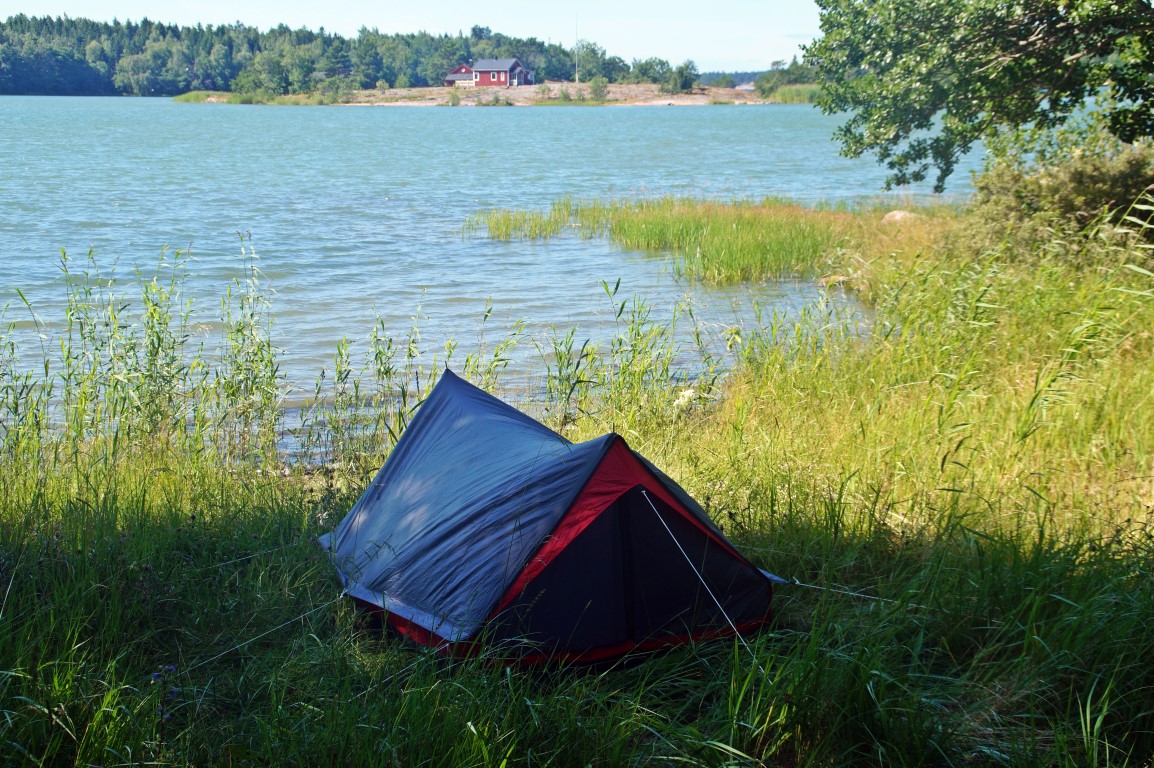
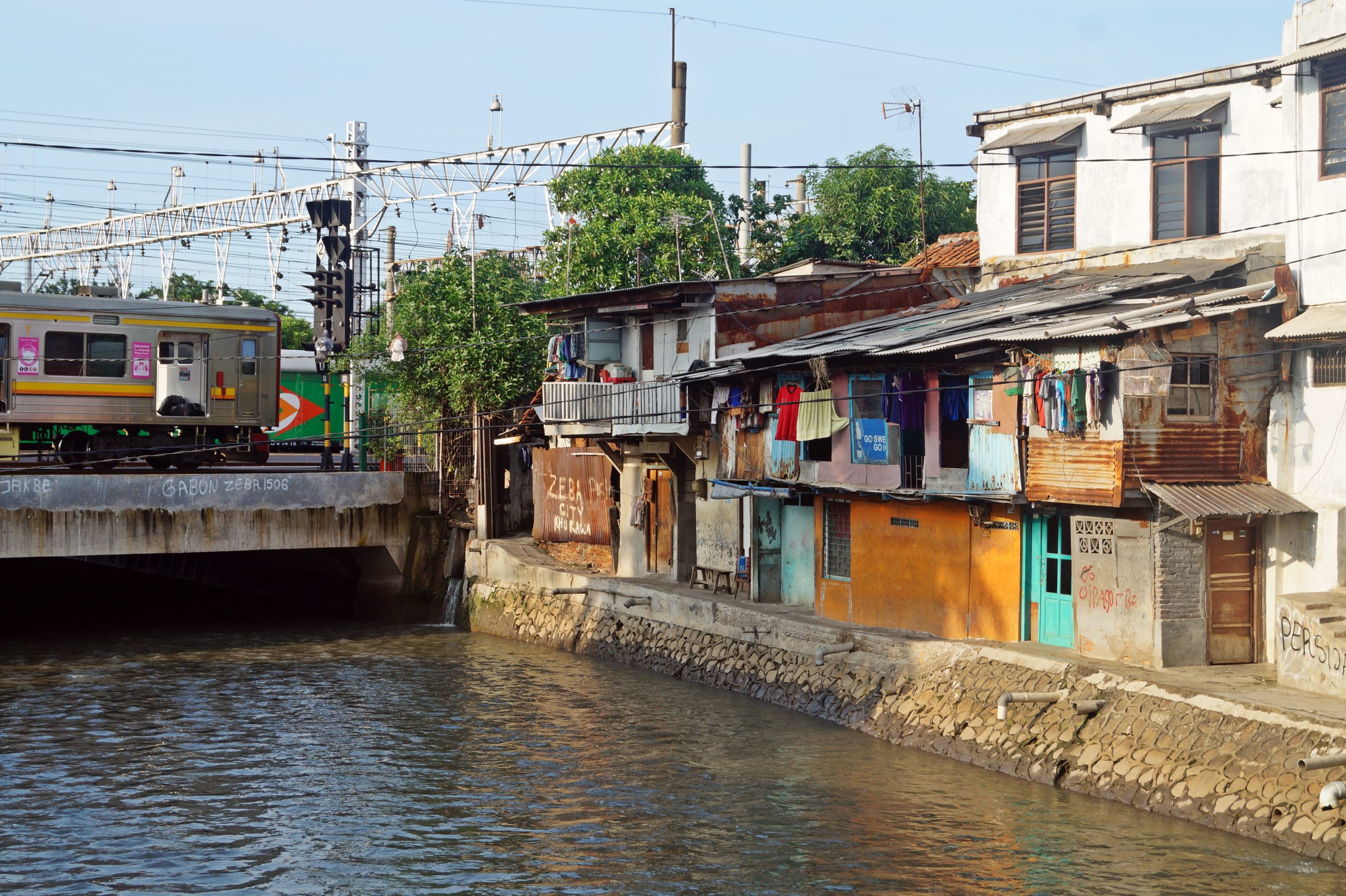
2 COMMENTS
Ann
9 years agoWhat a beautiful dessert with so many hidden places like that river. Place ir worth of seeing, but definitely not living. Weather change is too drastic as for me. Exotic!
Melissa Cherry
9 years agoYeah I loved the river! I was very surprised by how diverse the Gobi was! Haha yeah, I couldn’t deal with the weather either, especially not in the summer! :O